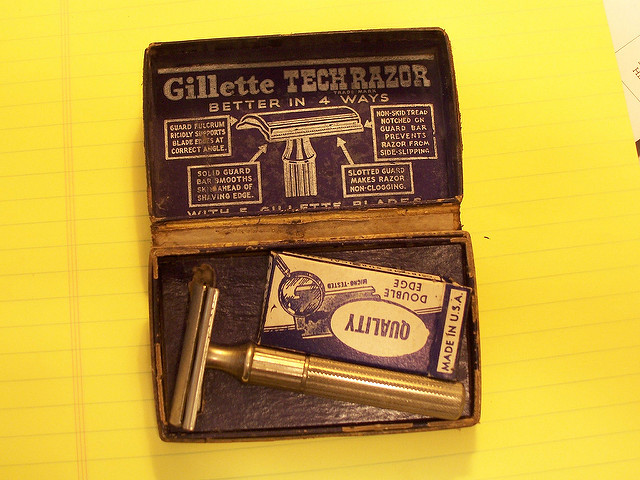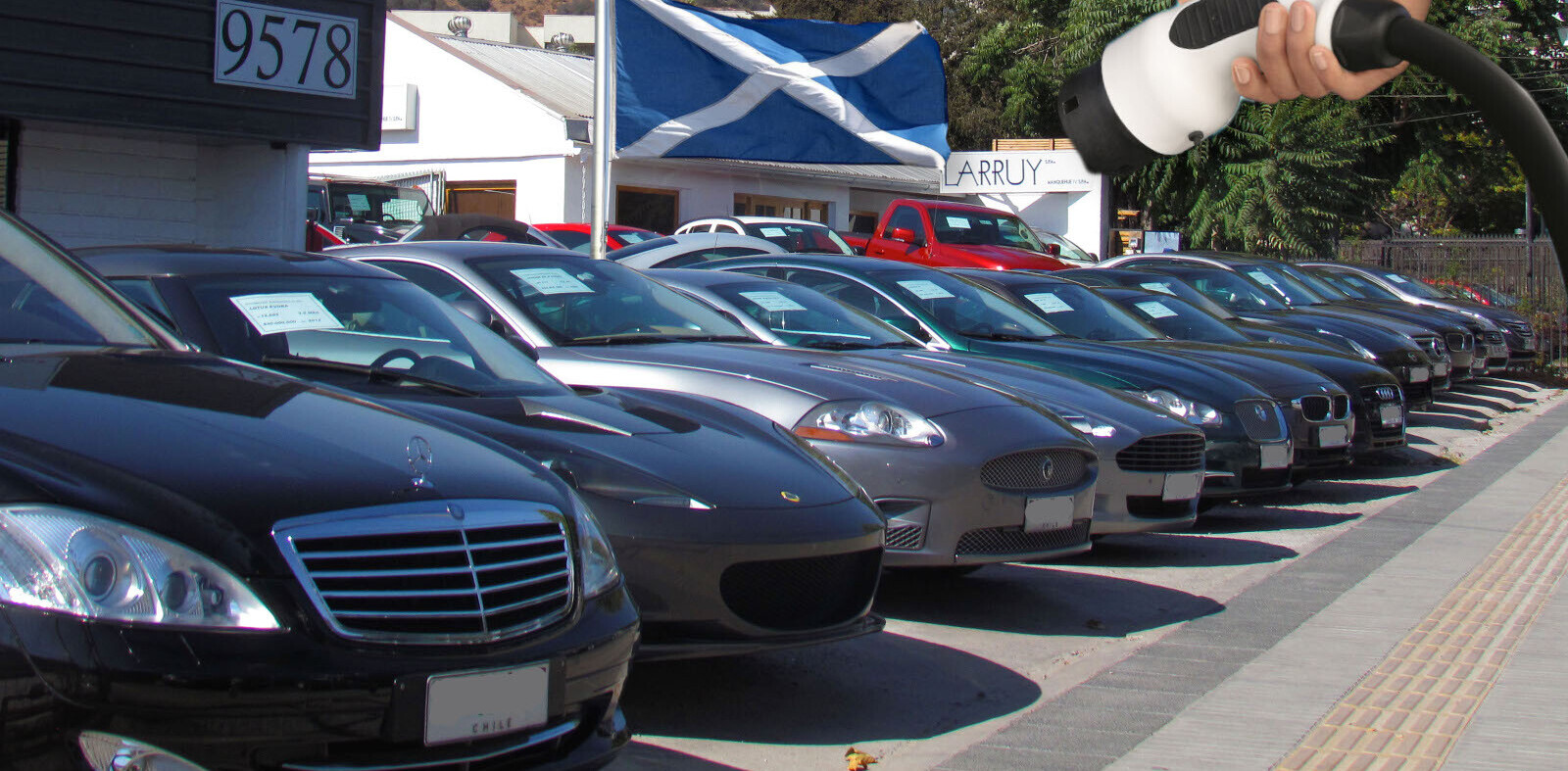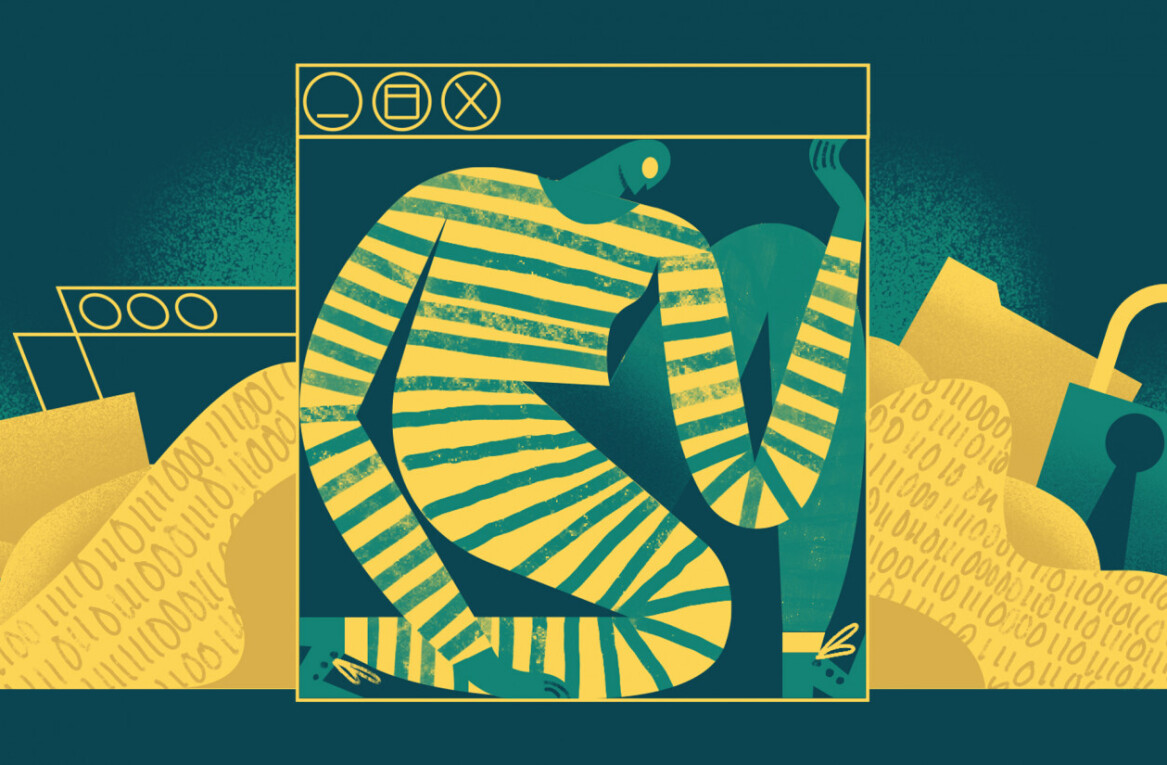
Western cultures place an emphasis on being individualistic rather than collective. As a result, people pride themselves on being original.
But when was the last time that you made something completely original?
Jim Jarmusch, an independent American film maker claims that: “Nothing is original. Steal from anywhere that resonates with inspiration or fuels your imagination.”
Copying is an innate human skill that we need for survival. Albert Bandura, an American psychologist, coined the social learning theory which proposes that new behaviors can be acquired by observing and imitating others. He also claims that people can learn to partake in behaviors that incur a reward and avoid behaviors that incur a punishment just from observing other people receive rewards and punishments for their behavior.
Applied in a commercial context, businesses will copy the things that bring rewards to other businesses in order to succeed. Below you’ll find examples of some things that successful business have copied from others.
Copying business models
Having a business model grounded in reality is key to success so it’s only practical to copy and employ the business model that works within your market. Let’s take a look at the business model around Xerox Model 914, a copy machine, introduced to the public in 1959. Back then, people used something called ‘carbon paper’ to make copies of documents. The way it worked was to sandwich a sheet of carbon paper between the original paper and the second piece of paper to be copied on. When you wrote or typed on the original paper, the carbon paper would bleed dry ink onto the second paper, duplicating the markings of your pen or typewriter onto the second paper.

Since people were used to paying for sheets of carbon paper, they were reluctant to buy an expensive copy machine and pay up front. Haloid, the company behind the Xerox machines, subsequently decided to lease the equipment at a relatively low cost and charge a per copy fee instead. In other words, because Haloid was unsuccessful in introducing a new business model where customers paid for the machine and its parts, they decided to copy the pricing structure of carbon paper.
Similarly, when Gillette first started selling razor blades, consumers thought the product was too expensive. Back then, paying on a per shave basis in barber shops was the norm. Gillette then revised their model to sell the razors cheaply and make a profit on the blades instead, making the consumers pay for the shave instead of the device. One can deduce that this model is the one used today for selling coffee machines, water filters, and printers where the hardware is sold at a relatively cheap price, while profits are made from selling the cartridges.

However, sometimes success comes in employing a new business model to disrupt an industry. Uber’s business model disrupted the taxi industry because they introduced a model where they pair up the drivers and passengers in real-time via an app. This decreased the hassle of hailing a taxi for consumers. By not having drivers on full-time payroll or owning any vehicles, in short cutting out the middleman, they were also able to offer pricing that was significantly lower than the dominant taxi companies. Furthermore, they introduced referral programs where the referrer got credit and referred got the first ride free to gain market share.
Because it proved to be successful in disrupting the taxi industry, this model of providing on-demand service cheaply by cutting out the middleman has been replicated in other industries. For example, Airbnb disrupted the hotel industry by pairing up people who have empty rooms to people looking to visit a place via an app. They also had a referral program where the referrer and referred got free credit towards an Airbnb stay. Similarly, TaskRabbit took on the home maintenance industry by matching homeowners with independent handymen. Various startups are also seeking to disrupt the home cleaning industry by pairing cleaners with home dwellers via an online booking system and also offer referral credit.
Copying operational processes
When a business model works, the tools and tricks around the trade still need to be relevant to the market, therefore it makes sense to copy the operational procedures that others find effective. This is more common in the services industry because the consumer becomes familiar with how one particular service works and the competitors need to keep up to stay relevant.
Back in the 90’s, restaurants used to only take bookings in person or over the phone. As the use of internet services became commonplace, bookings started taking place over restaurant websites. Nowadays, there are restaurant booking apps like OpenTable that allow you to book in a few clicks. One can argue that all the restaurants just copied each other in terms of the booking process, but it’s also in the interest of the consumer that the booking process is similar. As a consumer, it is easier to do something that one is already familiar with than relearn a whole different process.
A similar thing happened in the retail industry, which started out with purely physical stores and then progressed to offer online ordering, in-store collection, and delivery services. Clothing retailers also evolved to offer free returns.
Copying operational processes are so common among retailers that Amazon filed a patent for its 1-click technology which allowed users to buy and pay with one click. The intention behind the patent was to prevent other retailers from imitating them. When Barnes & Nobles launched their own “one click checkout” in 2002, Amazon successfully sued them.
Sure enough, other companies did come up with their own alternatives. Two years ago, PayPal launched their “One Touch” feature which accelerated the checkout process for users. This feature actually requires two clicks – customers need to select PayPal and then click or touch to confirm – which might be why Amazon didn’t bother to take legal action.
Copying a business and launching it in a new market
Business is harder to operate in a competitive and saturated market, so launching a service or product which has proved to be successful in one market to a different geographical market could be a more palatable option. This is the strategy that the Samwer brothers employ in running Rocket Internet, a company that incubates and invests in Internet companies with proven business models.
The Samwer brothers founded Alando in 1999, a German version of eBay that became so successful it was sold to eBay for $43 million just 100 days after going live. They were also behind CityDeal, a German version of Groupon, which also became successful that it was sold to Groupon in 2010. Today, Rocket Internet has launched 30 startups, only 5 of which that have failed.
Although Rocket Internet has found great success copying companies and selling it to the company they copied from, not all businesses are copied with the intention to sell. When Facebook was proven to be successful in the US, Pavel Durov founded VKontakte, which almost exactly resembles Facebook’s design in Russia. Similarly, Renren (formerly Xiaonei) was launched to clone Facebook before Facebook could try to capture the Chinese market.

All these forms of imitation show that copying isn’t all that bad. In fact, it may be the key to success. So why not make it a crucial feature within your business? Social trading platform eToro did just that: Thanks to its patented CopyTrader™ technology, newbie traders can easily copy the trading strategy employed by more experienced users. Learn from the best and start trading today at eToro.com.
Get the TNW newsletter
Get the most important tech news in your inbox each week.
This post is brought to you by eToro. All trading involves risk. Only risk capital you are prepared to lose. This content is intended for educational purposes only, and shouldn’t be considered investment advice.






